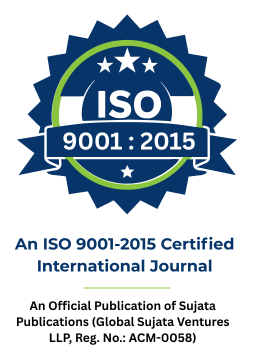Unravelling the Complexity of Hypertension: Mechanism, Management and Beyond
Keywords:
Hypertension, Resistance Hypertension, Blood Pressure, Epidemiology, pathophysiologyAbstract
Hypertension, commonly known as high blood pressure, is a significant global health concern affecting millions worldwide. This review aims to provide a comprehensive understanding of hypertension, including its epidemiology, etiology, pathophysiology, diagnosis, and management strategies. Epidemiologically, hypertension is widespread, with prevalence rates varying across different demographic groups. It is a multifactorial condition influenced by genetic predisposition, lifestyle factors, and comorbidities such as diabetes and obesity. The pathophysiology of hypertension involves complex interplays between vascular, renal, neural, and hormonal mechanisms, leading to increased peripheral vascular resistance and cardiac workload. Diagnosis of hypertension relies on accurate blood pressure measurement and classification based on established guidelines. Lifestyle modifications, including dietary changes, regular exercise, and stress management, form the cornerstone of non-pharmacological management. However, pharmacotherapy becomes necessary for many individuals to achieve target blood pressure levels and reduce cardiovascular risks. Various classes of antihypertensive medications, including diuretics, beta-blockers, ACE inhibitors, angiotensin receptor blockers, calcium channel blockers, and others, are available, with selection guided by individual patient characteristics and comorbidities Additionally, hypertension management encompasses addressing associated risk factors such as dyslipidaemia and implementing strategies for secondary prevention of complications like stroke, myocardial infarction, and renal dysfunction.
Downloads
Published
Issue
Section
License
Copyright (c) 2024 Sujata Publications

This work is licensed under a Creative Commons Attribution-NonCommercial 4.0 International License.




